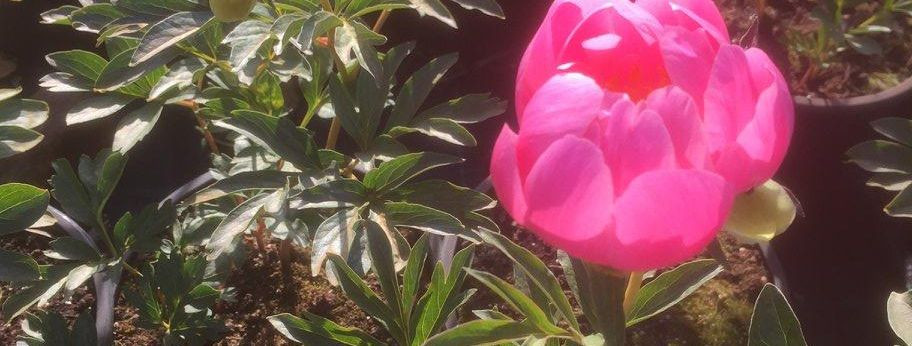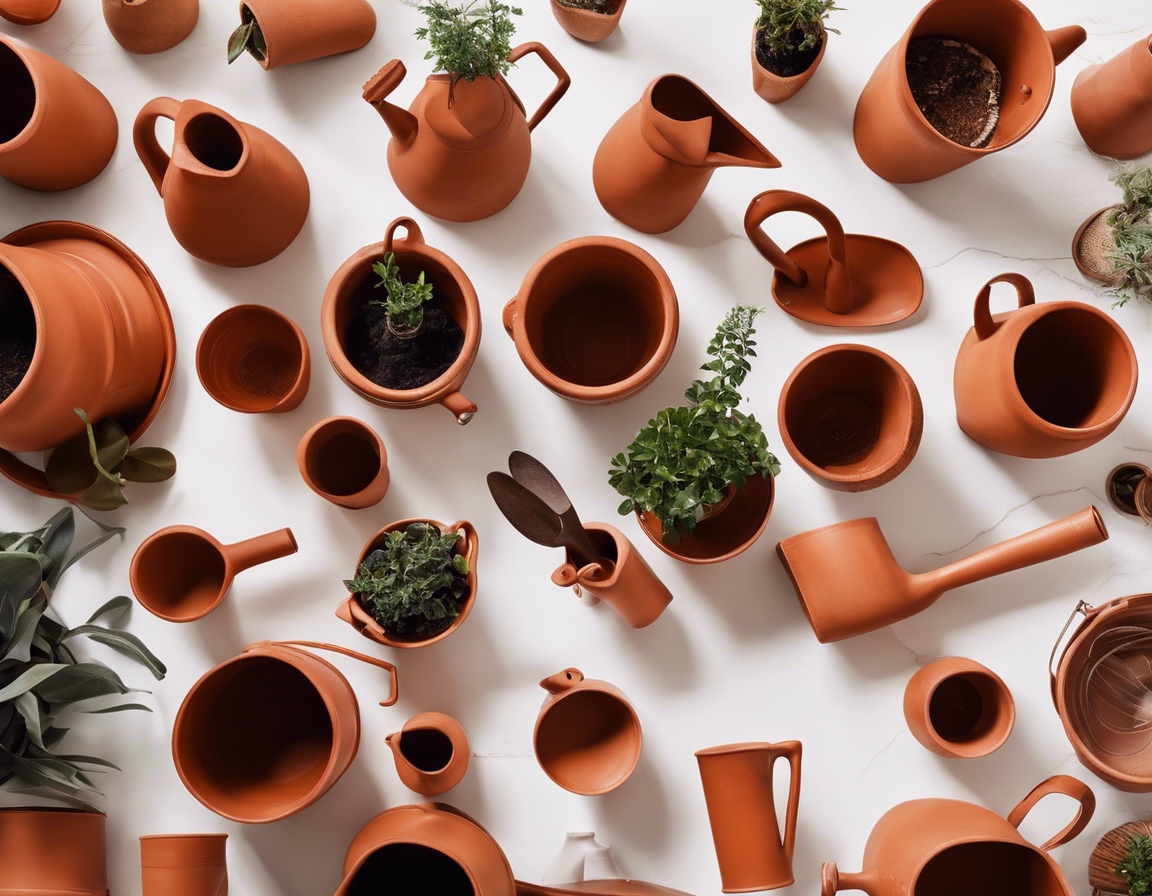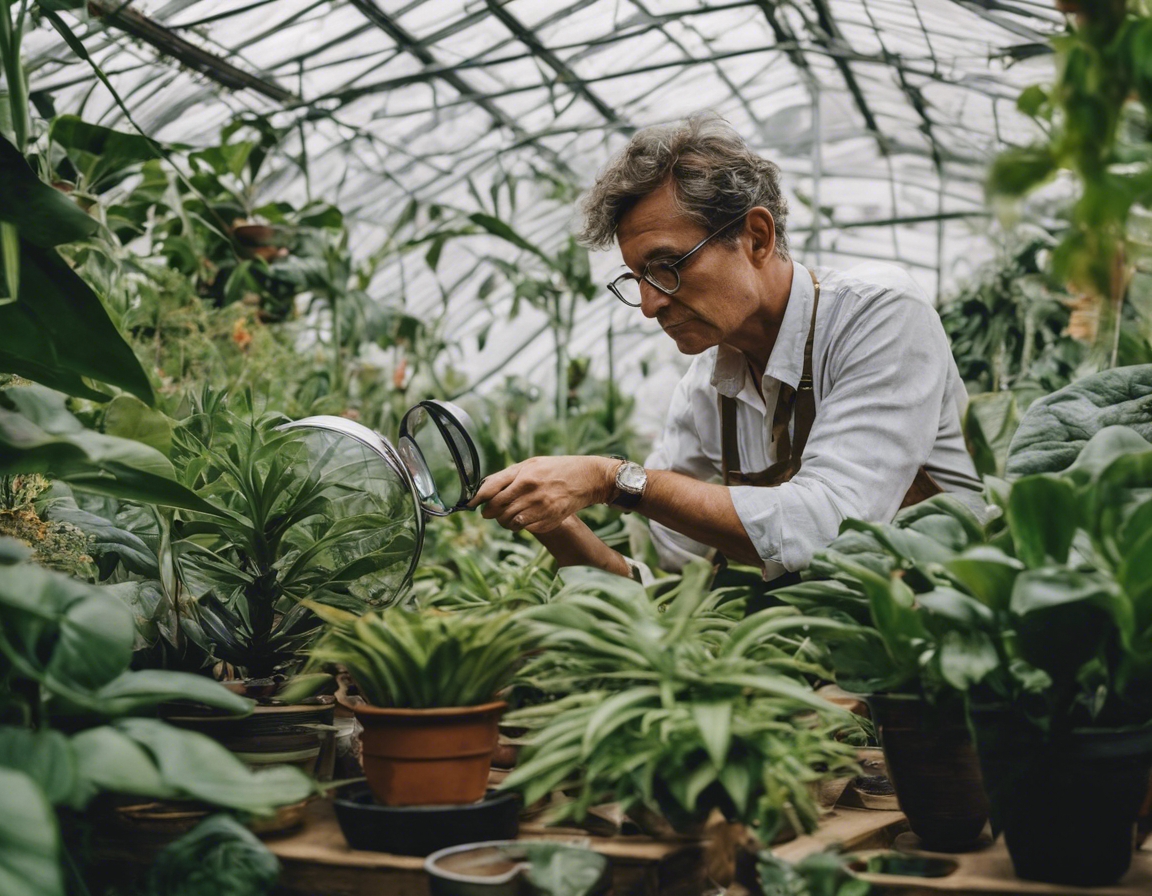Sustainable practices for modern florists
As the world becomes increasingly aware of environmental issues, the floristry industry is no exception. Sustainable practices are crucial for reducing the ecological footprint of floral businesses, preserving biodiversity, and ensuring the longevity of the trade. By adopting eco-friendly methods, florists can contribute to a healthier planet while meeting the demands of environmentally conscious consumers.
Modern florists encounter several challenges when striving for sustainability, including the availability of sustainable materials, the cost implications of green products, and the need to balance aesthetics with eco-friendliness. However, overcoming these challenges is not only beneficial for the environment but can also be a unique selling point for businesses.
Eco-Friendly Sourcing of Flowers
One of the most impactful ways to promote sustainability is by sourcing flowers locally and seasonally. This practice reduces carbon emissions associated with transportation and supports local economies. Additionally, it encourages biodiversity and reduces the need for harmful chemicals often used in mass flower production.
Choosing organic and fair trade flowers ensures that the products are grown without synthetic pesticides and fertilizers, and that workers are treated fairly. This ethical approach to sourcing can attract customers who are willing to pay a premium for environmentally and socially responsible products.
Green Business Operations
Florists can reduce their carbon footprint by implementing energy-efficient practices in their shops. This includes using LED lighting, energy-efficient appliances, and smart thermostats to minimize energy consumption.
Water conservation is another key aspect of sustainable floristry. Techniques such as collecting rainwater for plant watering and reusing water from flower buckets can significantly reduce a florist's water usage.
Waste Management and Recycling
Composting is an excellent way for florists to deal with organic waste. Floral trimmings and unsold flowers can be turned into nutrient-rich compost, which can then be used to nourish plants and reduce landfill waste.
Recycling and reusing packaging materials not only reduces waste but also cuts down on the costs of materials. Florists can encourage customers to return vases and containers for a discount on their next purchase, promoting a circular economy.
Biodegradable and Reusable Materials
Floral foam, commonly used for its convenience in arranging, is non-biodegradable and contains toxic elements. Alternatives such as moss, straw, or even reusable props can provide stability for arrangements without the environmental cost.
Using biodegradable or recyclable materials for packaging and decor not only reduces waste but also appeals to eco-conscious consumers. Materials such as paper, jute, or even upcycled fabrics can be used to create beautiful and sustainable presentations.
Education and Customer Engagement
Florists can play a pivotal role in educating their customers about sustainable practices. Hosting workshops and awareness campaigns can inform consumers about the benefits of sustainable floristry and how they can contribute to environmental conservation.
Effectively marketing sustainable options can help florists attract a clientele that values eco-friendliness. Highlighting the use of sustainable materials, local sourcing, and ethical practices in marketing materials can differentiate a florist from competitors.






Comments (0)